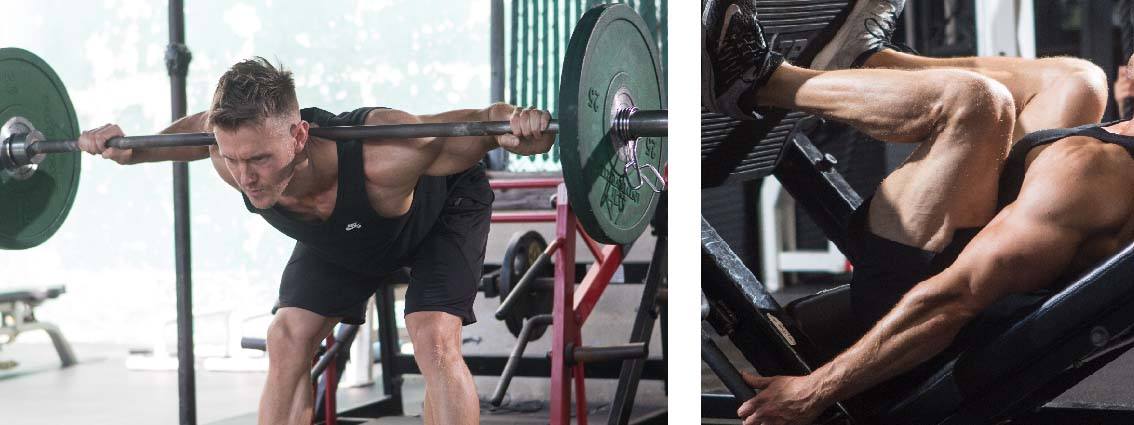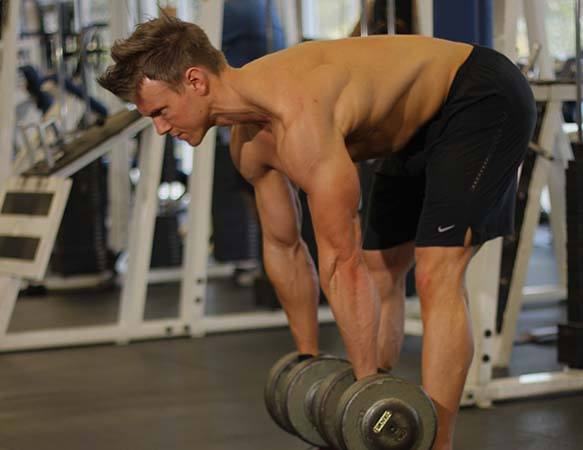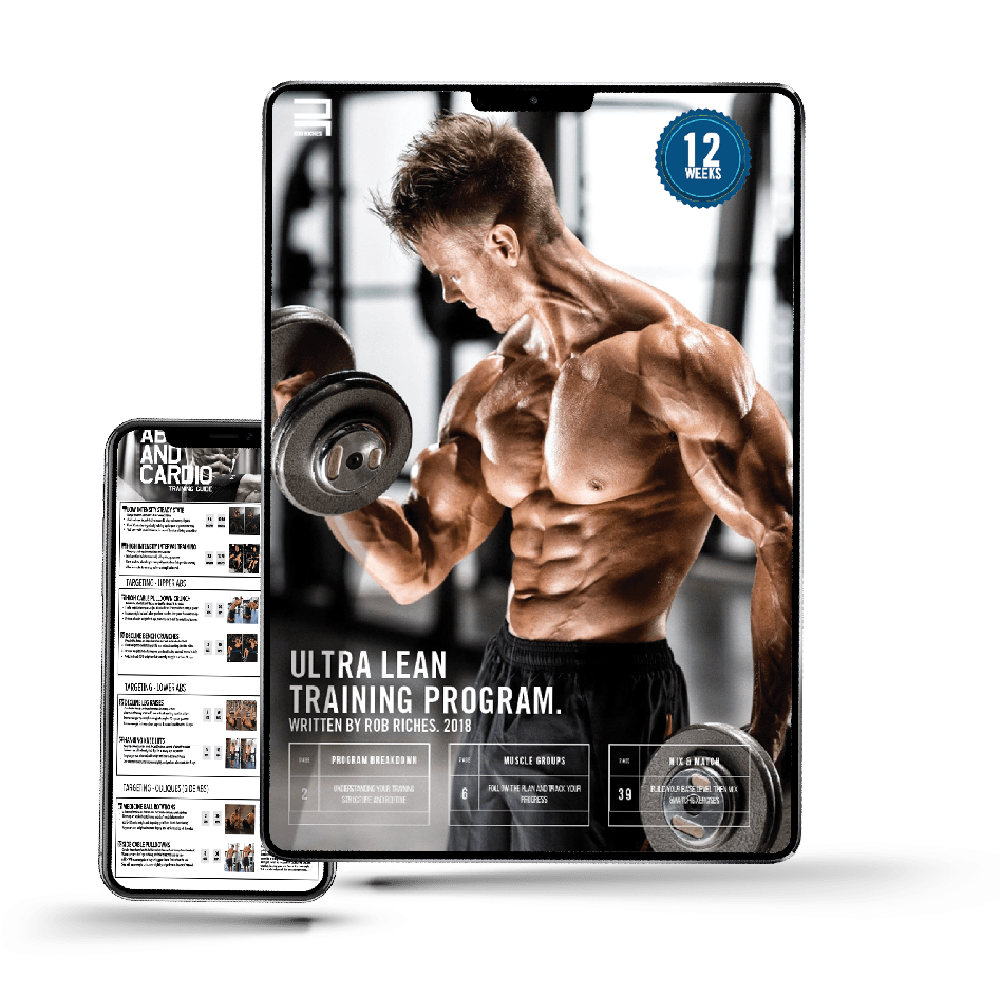These 5 hamstring exercises will set you on the right path for strong and powerful legs
June 15, 2018
The hamstrings are a powerful muscle that are involved in a lot more movements than you might think. It’s worthwhile investing time into training them, especially if you want a strong and balanced physique.
If you’re a member of a gym, you’ve probably seen one or even two exercises for that primarily target the hamstrings, right? So how many exercises do you actually perform for hamstrings? Besides being involved in many different functions, such as getting up from a chair, walking, lifting things up from the floor, and stabilizing the knee, they can also make a huge difference to you physique from an aesthetic stand point. (Even more so if you play sports, and especially if you’re thinking about stepping on stage – regardless if your legs will be mostly covered).

← Have You Seen This?
In need of an extra boost to your training? Check out my Ultra Lean Nutrition Manual, and Ultra Lean Training Program
Load Under Pressure
Performing a lying leg curl or seated leg curl is a sure way to feel the hamstrings being worked, but there’s a whole number of other exercises that be included, and often with greater effect for size and strength. For example, performing a leg press (specifically a sled or cradled leg-press), with your feet positioned at the very top of the foot plate, will involve more hamstring muscle activation, and less work from the quads. This type of press-movement, unlike the isolated contraction movements mentioned earlier, can bring about a greater call for growth, thanks in part to the ability to manage much higher weight loads.
You’ll see on exercises 2 and 3 that both required a standing stance with the hamstrings being worked by lengthening and shortening during the movement, but not by flexing at the knee. These can take a little practice to master at first, and to really feel the hamstrings become involved. By keeping the knees soft (and not locked out), and pushing backwards slightly with your hips when lowering and raising the upper torso, you should be feeling the hamstrings be worked. (It also helps to really think about the hamstrings when performing these exercise and envision them pulling your torso back up as you consciously try to contract them).
Keep Your Reps Slow & Controlled
We’ve all been guilty at some point of throwing the weight up to perform an exercise. Whether we were closing in on the final few reps, or we’re cheating the rep to really work the muscle hard, there’s times where this may be acceptable, and even beneficial. Training hamstrings is not one of these times.
Unless you’re a professional athlete like a sprinter or football player, who require fast, explosive movements, and who train specifically to develop their hamstrings to cope with these types of stresses (and who still face hamstring related injuries even with the best training and recovery available to them), it’s unlikely that your hamstrings will be used to such explosive or faster-pace of training.
Besides the lying hamstring curl, which even then I still perform at a slower tempo than most, squeezing my hamstrings hard at the top of each rep, most of the other hamstring-related movements should not be performed at a fast pace – like the good-morning raises. Hamstrings are a muscle group that should be approached with a sort of refined, slower tempo whereby you can really feel the muscle fibers all be pulled into play and working hard together.

Separated or Combined?
Whilst this particular routine is based around only training the hamstrings, all of these exercises can be included within a more overall approach to leg training, involving your quads and calves. There’s times where I’ll want to only focus on my hamstrings – like when I feel I need to give them more attention and shock them more than I can when combining them with quad training, or just to mix up my training from time to time, so as not to get to stagnated performing the same type of leg routine week in, week out.
Unilateral Exercises
Hamstrings may not be the first muscle that comes to mind when you think of performing an exercise one side at a time (like you might with a one-arm preacher curl), but that doesn’t mean you won’t get a benefit from performing one leg a time – even on a standard lying hamstring or seated leg curl machine. just because the machine may not show an example of a single-leg variation, doesn’t mean that you can’t do one. Once you’ve mastered these variations (followed by the single leg stiff-legged deadlift), you’ll start to look at machines and exercises in a whole new light.

Exercise 1
HIGH-FOOT LEG PRESS
4 sets of 12-10 reps
Exercise 2
STIFF-LEGGED DEADLIFT
4 sets of 12-15 reps
Exercise 3
GOOD MORNING RAISES
3 sets of 8-10 reps
Exercise 4
ONE LEG SDL
3 sets of 8-12 reps each (SDL: Single Legged Deadlift)
Exercise 5
LYING HAMSTRING CURL
3 sets of 10-8 reps

